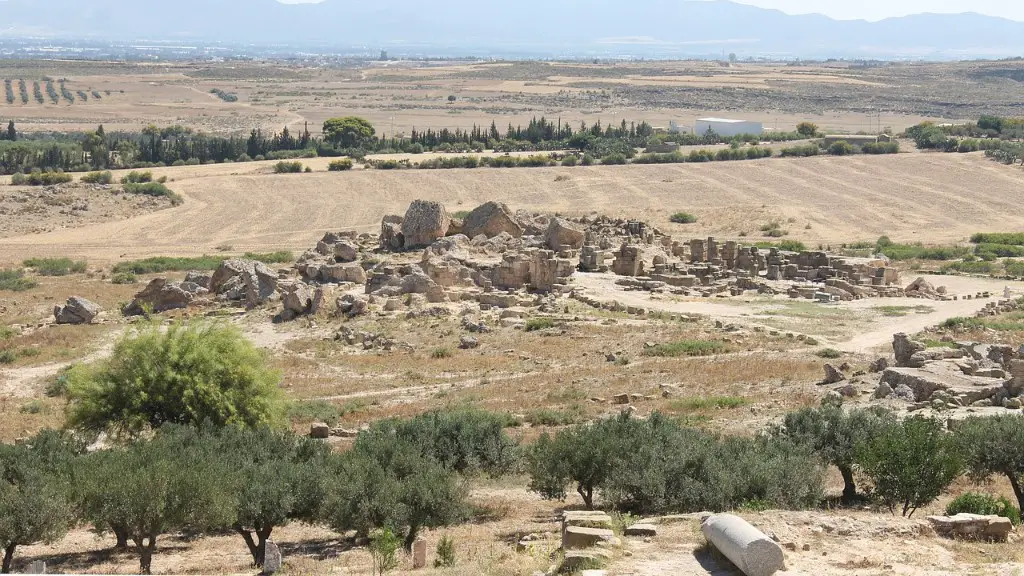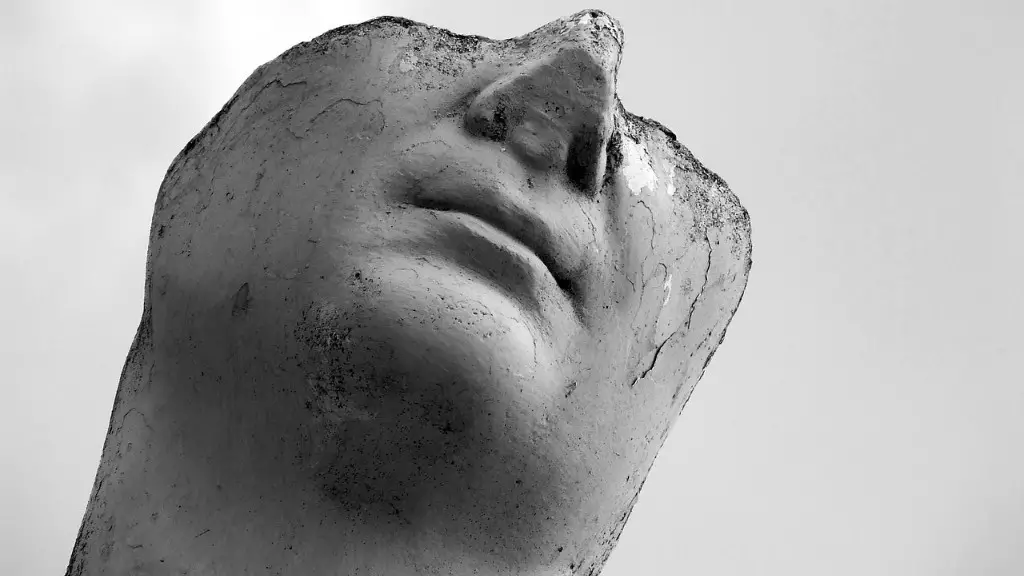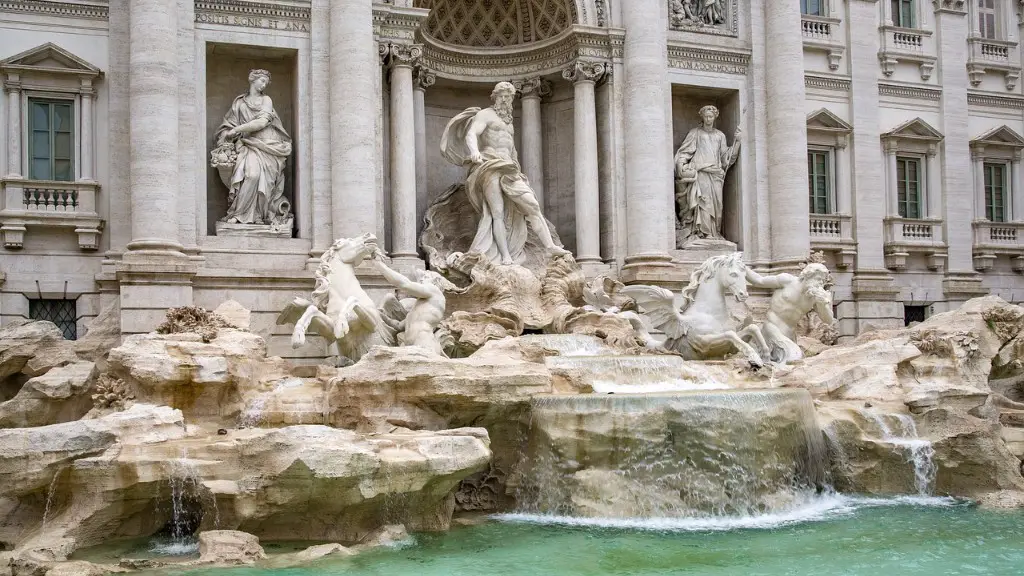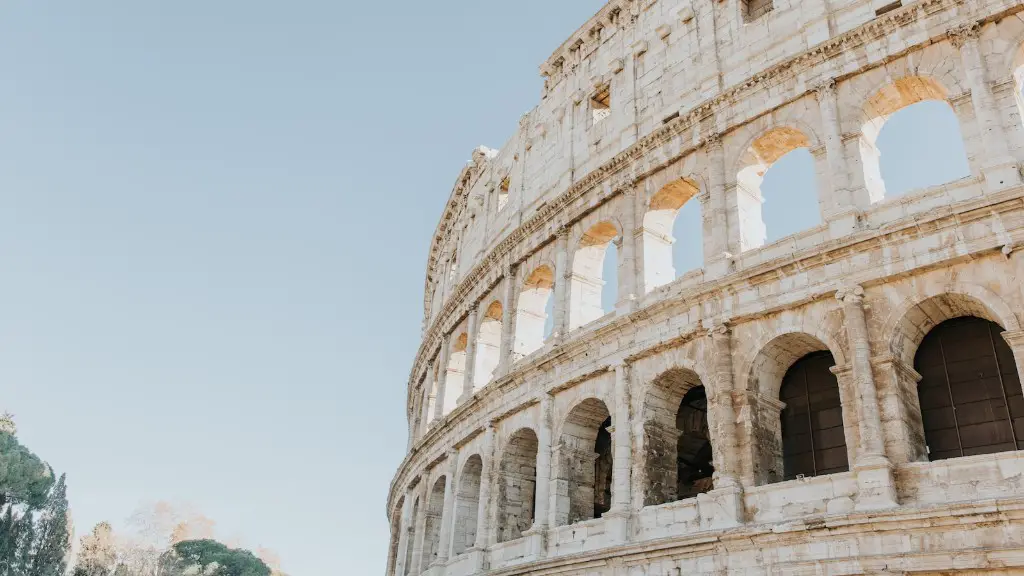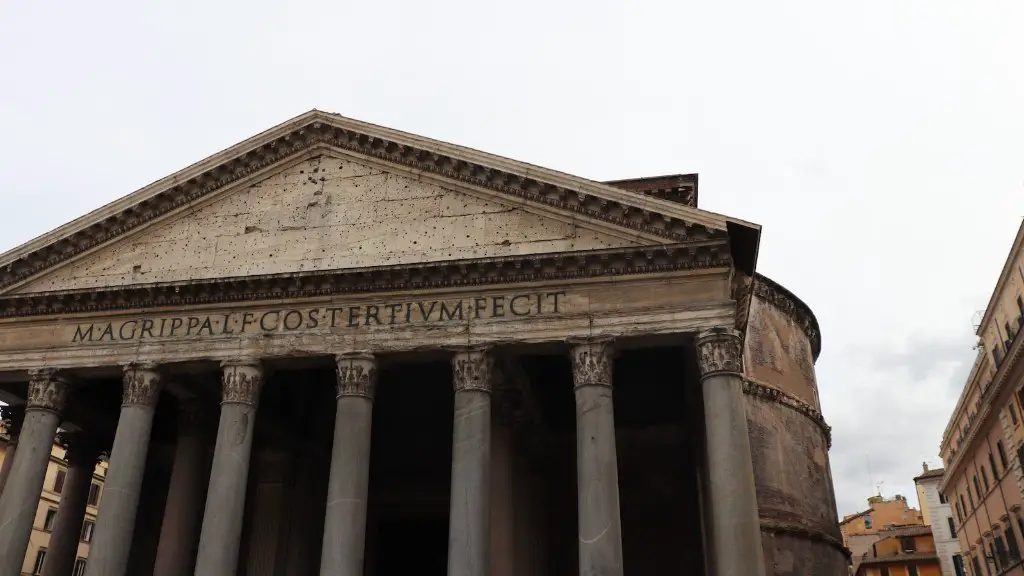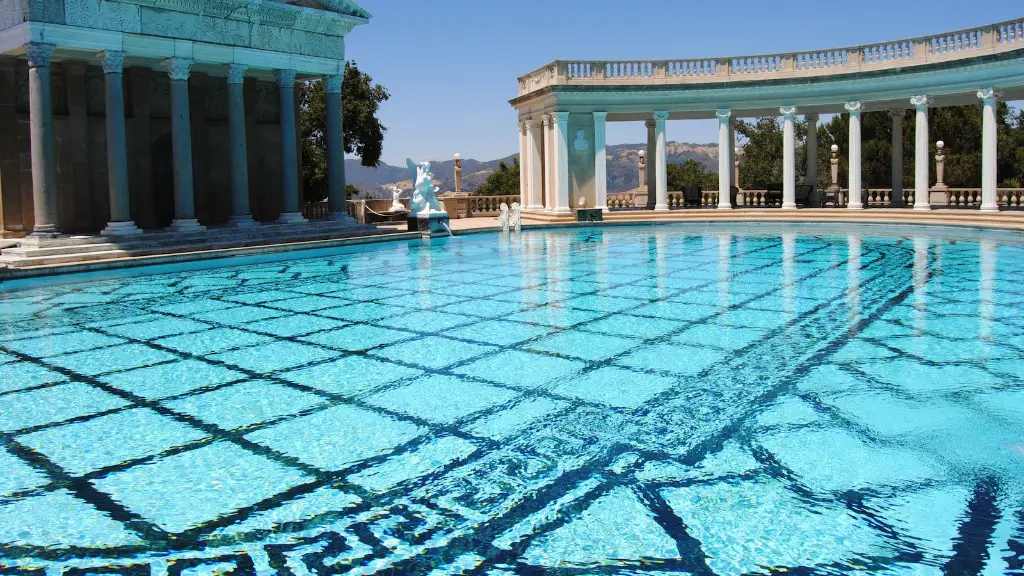The Colosseum was one of the most important structures in Ancient Rome. Not only did it serve as an entertainment venue, the Colosseum played an integral part in many of the city’s most iconic events. To understand why the Colosseum was so important to the Roman people it is essential to explore how it functioned in their daily lives.
The Colosseum was built between 70-80 AD by Emperor Vespasian as a gift to the people of Rome. It was used primarily as an arena where the citizens of Rome could come and be distracted from the worries of everyday life. Spectacles such as gladiator fights, animal hunts, and executions, would be held here. Emperor Titus also held a massive celebration for his father’s, Vespasian, death. Its estimated that up to eighty thousand people could fit inside the massive amphitheater.
The Colosseum is often seen as a symbol of Ancient Rome, and for good reason. It was the most visible symbol of the power of the Roman Empire. The ruling classes would often use the Colosseum to entertain the masses and show their grandeur. This could come in the form of public spectacles and feasts. It was also used as a way of subjugating populations under Roman rule.
Architecturally, the Colosseum is unrivaled. Its elliptical shape and four storeys high are unique and it was built with the utmost care and engineering skill. The use of arches, vaults and groin vaults to create a large and intricate structure is impressive even by modern standards. The structure is also well preserved thanks to its use of concrete, a material invented by the Romans.
The Colosseum also helped to shape Roman culture and law. Infamous executions took place in the Colosseum and laws were discussed and passed here. It was also a representation of the Roman love for games and sport, with entire spectacles dedicated to contests and tournaments.
To the Romans, the Colosseum was more that just a representation of their great power. It was a symbol of their culture, a place where their history was forged and a place of entertainment for their citizens. It was a reminder of the incredible engineering skill of their ancestors and the grandeur of their Empire. For these reasons, the Colosseum was a central part of Roman life.
Legacy of the Colosseum
The Colosseum is an iconic structure and a symbol of Ancient Rome. It is not only a reflection of a former age but of human history and power itself. It is one of the most visited sites in the world and a tourist destination for many visitors to Italy.
The Colosseum has been featured in many movies and video games, further increasing its fame and prominence. It is also used as a symbol for national pride, with many countries often replicating its design for their stadiums.
The Colosseum’s importance to the Roman world has been immortalized in art and literature. From the sculptures of Michelangelo to the television series Rome, the Colosseum has been a part of human culture for many centuries.
The Colosseum is a powerful reminder of the grandeur and accomplishments of the Roman Empire. Its ruins have stood the test of time for nearly two thousand years and still provide insight into the ancient civilization.
The Care and Preservation of the Colosseum
The Colosseum has survived the test of time and has been preserved over the centuries. This was thanks to its original construction with concrete and other materials, but also to modern efforts to keep the structure intact.
The Colosseum has undergone extensive restoration and preservation efforts to protect it from the ravages of time. In the 19th century, efforts began to recover and repair the ruins. To this day restoration work is ongoing, as architects and historians work to keep the building in its original condition.
The preservation of the Colosseum is not only to keep it intact for future generations, it is also to ensure that it remains a symbol of Ancient Rome’s incredible power, culture and skill.
The Colosseum is one of the most iconic sites in the world and a reminder of the greatness of the Roman Empire. It served as a venue for entertainment, law and culture and is still an important symbol of Rome.
Latest Discoveries at the Colosseum
A team of Italian archaeologists recently uncovered a new and exciting discovery at the Colosseum, a series of underground tunnels and chambers. The chambers were likely used to store wild animals and prisoners that were going to be used in entertainment spectacles.
The discovery of the tunnels and chambers provides a look into how the ancient Romans handled the logistics of their entertainment events. It also provides insight into their engineering prowess and the scale of their spectacles.
The discovery is still new and there is much to be learned from it. Archaeologists are hopeful that it will provide more information on the inner workings of the Colosseum and entertainment spectacles in Ancient Rome.
The latest discovery is just the latest testament to the importance of the Colosseum in Roman history. As the archaeological team continues their work, more is revealed about how the Colosseum was used and the magnitude of its importance to the city of Rome and its Empire.
Necropolis discovered underneath the Colosseum
In 2019 archaeologists discovered a ‘necropolis’ of tombs and burials beneath the floor of the Colosseum. The burials are estimated to be from the first and early second century AD. It is likely that those buried there were associated with the gladiator school and other entertainment combatants, or had other close connections with the Colosseum itself.
The discovery of this ‘necropolis’ further adds to the significance of the Colosseum in Roman culture and history. It is likely that further research into its tombs will reveal more about the people associated with the Colosseum, its history and how it functioned.
Archaeologists are also attempting to gather more information on the burials and tombs, as they believe they could contain more artifacts and information on the culture of Ancient Rome.
The discovery of the necropolis is just the latest in a series of exciting finds in and around the Colosseum. Not only does it reveal more about the Colosseum’s history, it gives us an insight into the people of Ancient Rome and the incredible engineering and architecture that they were capable of.
The Future of the Colosseum
The Colosseum is a timeless and important structure of the ancient world. It is one of the most well preserved monuments of the Roman Empire and is still a powerful and iconic symbol today. There are plans to restore and preserve the Colosseum further, to keep it intact for future generations.
The Colosseum is also a popular tourist destination, a source of national pride, and a reminder of the greatness of Ancient Rome. It is likely that in the future, the Colosseum will continue to be a famous and iconic symbol for many generations to come.
